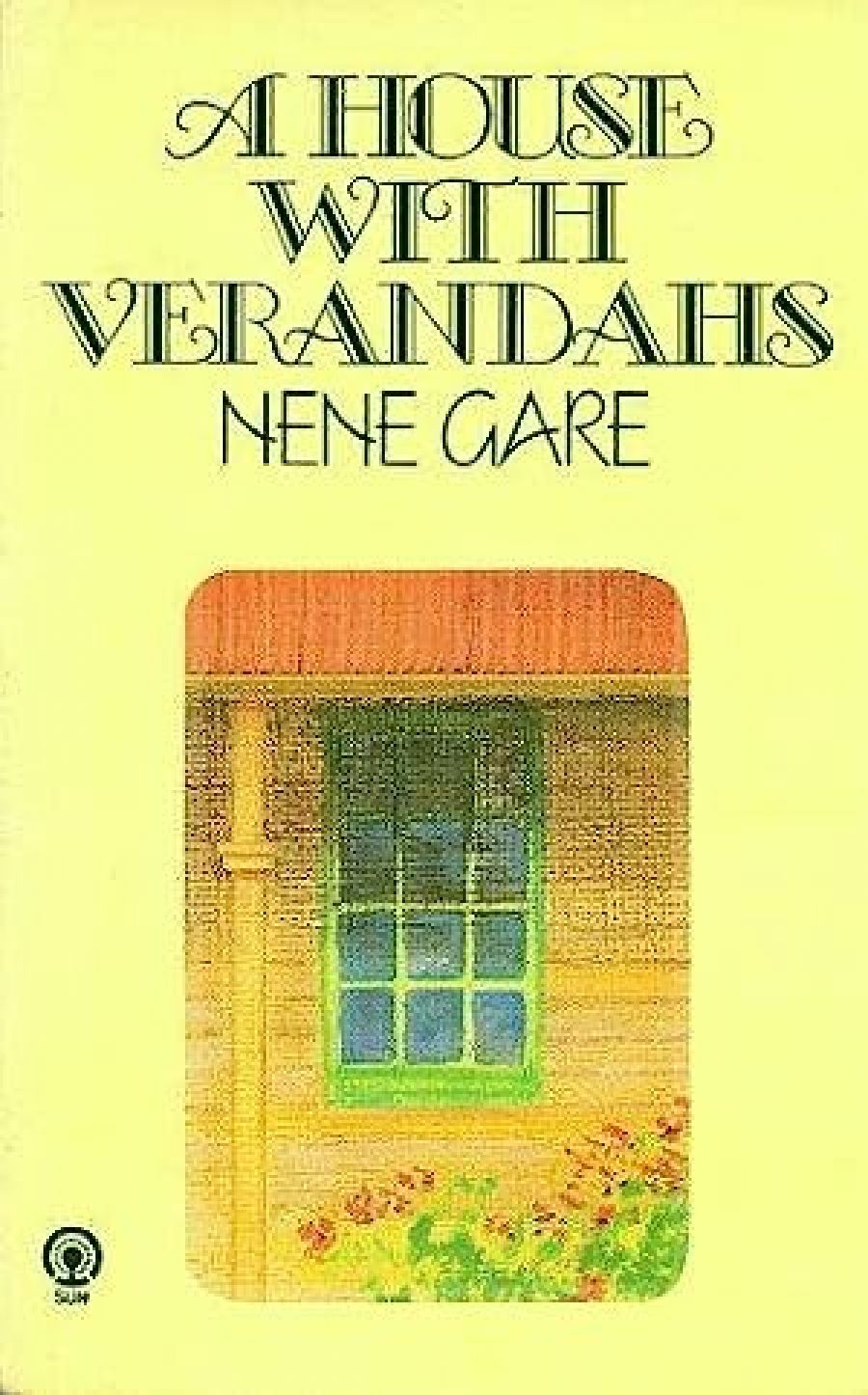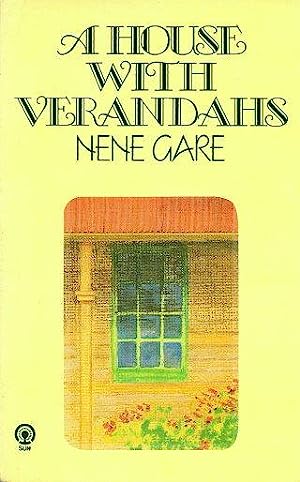
- Free Article: No
- Contents Category: Fiction
- Review Article: Yes
- Article Title: Clinging to Women
- Online Only: No
- Custom Highlight Text:
Australia in the thirties – tough, innocent, conservative and patriarchal to the ninth degree. In A House with Verandahs Nene Gare writes about men dispossessed by the Depression and who become working class casualties, unable to grasp the world outside and clinging tenaciously to the world of domesticity and the comfort of women. And, in tum, the women struggle to maintain their world and to support each other through the petty obstinacy of their men. Nene Gare’s novel is drawn from her own childhood – its form is close to the autobiographical fiction of the Canadian writer Alice Munro. It also has similarities to Glen Tomasetti’s Thoroughly Decent People, and to a much earlier Australian classic, Ethel Turner’s Seven Little Australians. All depict the culture of women and the linked culture of children. Like much of the fiction written by women, A House with Verandahs is episodic as it meanders through the intricacies of human relationships. The world outside makes very few impingements even the man’s work as a tradesman is spent in the backyard workshop. The Hounslow family are poor. They recycle everything in their battle to survive. Women’s skills are endlessly on call to save the day-old cast-off adult wear clothes are cut and made into children’s Fruit is bottled and preserved and served up as jams and chutneys. Household repairs are done by the family members usually again by the women or left to languish. The men are so debilitated that all their energy is spent keeping face. Anything extra is a threat to their identity and to their position. Molly Hounslow must continually remind her more rebellious and impatient daughters to be careful of Dad. She says after any crisis: ‘Don’t say anything to your father ... it might worry him. We all knew about not worrying Dad. It made him nervy . . . newspapers also upset him. He said people would get the idea from newspapers that the world was full of criminals.’
- Book 1 Title: A House with Verandahs
- Book 1 Biblio: Macmillan, $9.95 pb, 143 pp
- Book 1 Cover Small (400 x 600):

- Book 1 Cover (800 x 1200):

In comparison to the cushioned world of Dad, the nurturing work of Molly is relentless. Nene Gare writes through the central persona of Peace, the daughter: ‘We never feel we get enough; we are always fighting – I’d be scrambling around telling her what happened to us during our days, claiming her ears, her hands, her eyes, and if she sits, her lap; those of us who don’t weigh too much’. The family and household management is also the mothers responsibility: ‘Dad transacted no business but his own, leaving the conduct of family affairs “to mother”.’
Molly and Adam Hounslow have six children. who crowd into a small wooden house – three in one bed – and when relatives come to ‘stay’, it often means three in the lounge room. But Molly Hounslow’s efforts to move house are continually thwarted by her husband who gives her no assistance and in the final analysis suffocated her with his love: ‘You don ‘t really want to leave here Molly old girl, do you?’ Molly Hounslow is the victim not only of her husband, but also of the new jaunty middle-class women. Nene Gare writes of her reaction to Mother’s Meetings at the local school: ‘Too busy she told us, folding our Mother’s Meeting Notices into tiny squares and too shy, too scared, she might have added. Too out-of-her-depth with the confident lot who waited in bright and chatty groups in the playgrounds outside the classrooms. In A House with Verandahs the men are the parasites, continually draining the women. Unlike middle class women who were encouraged to develop little more than accomplishments as depicted so well by women writers as far back as Mary Wollstonecraft, Elizabeth Gaskell, Olive Schreiner, Charlotte Perkins Gilman and as recently as Virginia Woolf and Dorothy Hewett, it is the working-class women who maintain the family when their husbands are out of work. In contrast, men like Adam Hounslow and Mr. Manny spend their days talking, drinking cups of tea, and resting, whilst their women work to sustain all their lives.
Nene Gare also explores the younger daughter’s relations with men outside the family. There’s the inevitable flasher, and various crude attempts to seduce her, all told with a straightforward and disarming frankness. Her initial sexual experiences do nothing to confirm Freud’s penis envy theory – they more accurate in confirming what most women know about young men and that’s none too pleasant.
What is unique about Nene Gare’s writing in all her books, and particularly in The Fringe Dwellers and A House with Verandahs is the daughter’s reaction to changing patriarchal structures. It is a rebellious literature in this vein of Stephen Sewell’s The Father we Loved on a Beach by the Sea, and Alaq Seymore’s The One Day of the Year, but the concentration in this literature is between father and son. The daughter in A House with Verandahs belongs to the generation who produced the offspring who took to the streets in the nineteen sixties and seventies and helped give birth to the second wave of feminism. When Nene Gare writes about the Hounslows she is writing about my grandparents and parents and ultimately about me – that’s why I find it so perceptive.


Comments powered by CComment